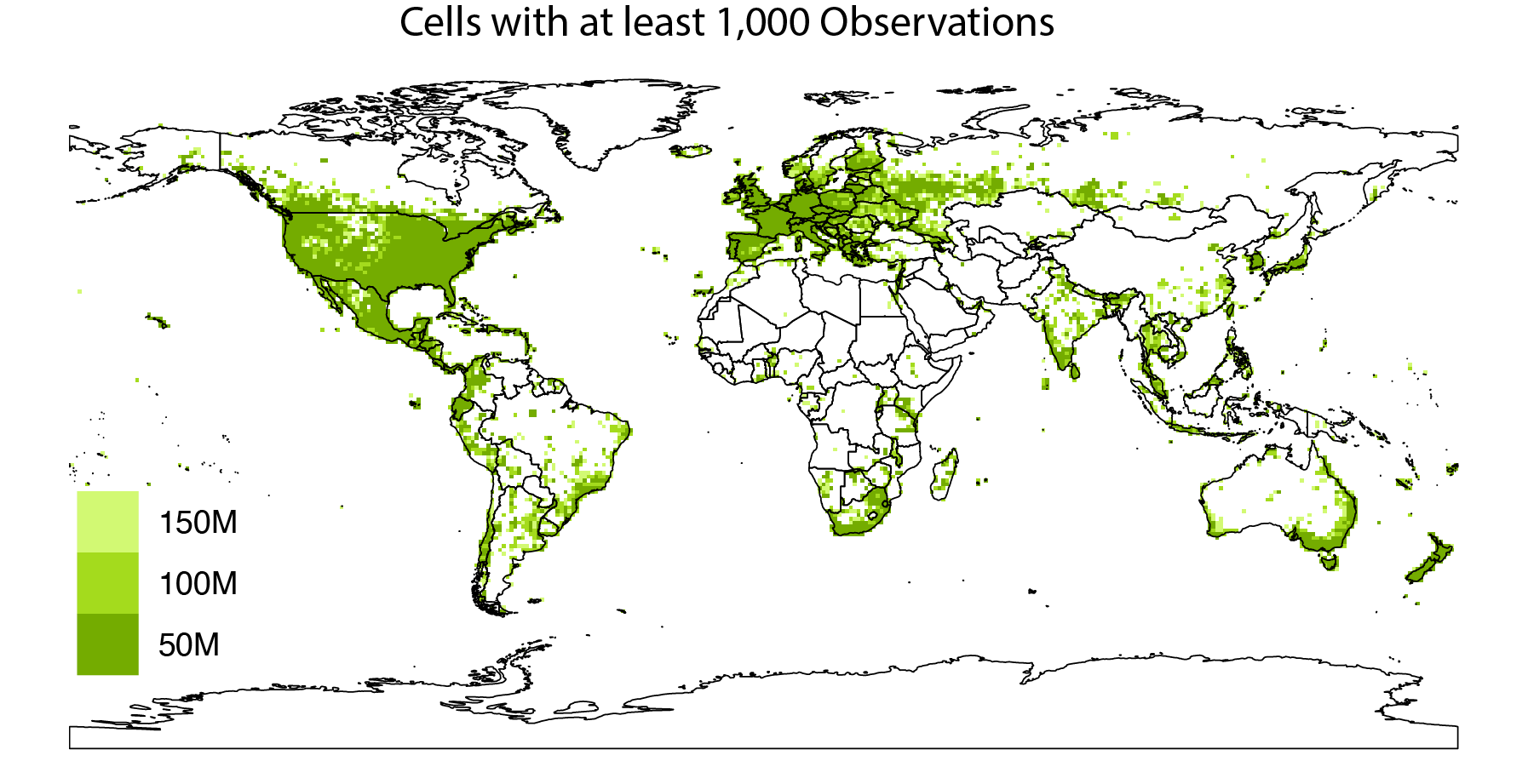Spreading Our Wings: iNaturalist is Now an Independent Nonprofit

We have exciting news! iNaturalist is now an independent 501(c)(3) nonprofit.
This is a big day for iNaturalist. Since launching in 2008, the iNaturalist team and organization has evolved, and we’re thrilled about this next milestone. iNaturalist began as a master’s project at the University of California, Berkeley, became a LLC, then joined the California Academy of Sciences in 2014. In 2017, iNaturalist became a joint initiative with the California Academy of Sciences and the National Geographic Society. Today, iNaturalist is now an independent, US-based 501(c)(3) nonprofit organization.
Over the past 15 years, the incredible contributions from the community have made iNaturalist into one of the world’s most powerful nature platforms.
So far, the iNaturalist community has:
- Created over 145,000,000 verifiable observations (adding about 1 million per week!)
- Grown to 2.7 million contributors
- Observed more than 430,000 species
We thank the California Academy of Sciences and the National Geographic Society for incubating iNaturalist as it grew dramatically over the last 9 years. We owe immense gratitude to these partners for their investment, support, and stewardship. We look forward to collaborating with both organizations in the future.
The way you experience iNaturalist won’t change with our new organizational structure. The iNaturalist team and infrastructure have seamlessly migrated to the independent organization with the support of our partners, and we'll continue collaborating with organizations around the world to support the iNaturalist Network.
Support iNaturalist
Very soon we will announce a generous grant that will give independent iNaturalist a solid start. The financial support of the iNaturalist community made our evolution possible and will be vital for long-term sustainability. Your donation now will celebrate this exciting milestone and further secure iNaturalist’s future. Thank you!
Humble Origins, Outsized Impact
Since launching in 2008, iNaturalist has become an indispensable tool in the global effort to preserve biodiversity. The data collected by our dedicated community is vital for conservation decisions and has contributed to over 3,700 scientific papers. By becoming an independent non-profit, we’re securing the future of the platforms so many have come to rely on.
Moving Forward
Independence represents an important, natural, and exciting milestone. iNaturalist’s focus has always been on building community and understanding biodiversity. By directing resources, organization, fundraising, and communications solely towards iNaturalist's mission and vision, we’ll be able to operate even more effectively, paving the way for future improvements and growth. You can read about our new board of directors and explore our Community FAQs to learn more.
Many, Many Thanks to the iNaturalist Community
iNaturalist owes its success to the incredible community. Anyone who has observed, identified, donated, or used our products has contributed to building the wealth of biodiversity knowledge that we’ve curated together. From the bottom of our hearts, thank you for being part of this community. We are excited about what lies ahead and cannot wait to embark on this new chapter with you! Stay tuned for more updates.

Back (left to right): Alex Shepard, Sylvain Morin, Patrick Leary, Tony Iwane, Scott Loarie, Yaron Budowski, Abhas Misraraj
Front (left to right): Angie Ta, Amanda Bullington, Carrie Seltzer, Johannes Klein, Ken-ichi Ueda




















